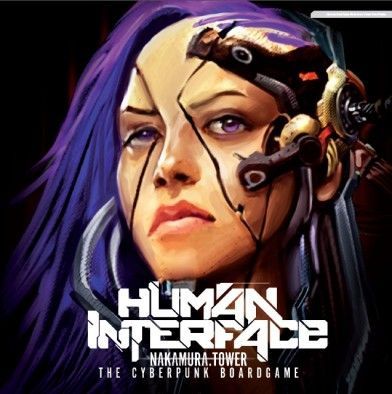Human Interface: Nakamura Tower (2016) Board Game
Human Interface: Nakamura Tower is a science fiction wargame released in 2016, designed by Jan Jasiński and illustrated by Postindustrial Games. The game is set in a cyberpunk world where players take on the role of operatives infiltrating a high-tech corporate tower in order to complete various missions.
Game Components of Human Interface: Nakamura Tower
How To Setup Human Interface: Nakamura Tower
To set up the game, players start by constructing the modular board using the interlocking board tiles to create the interior of the Nakamura Tower. Each player selects a team of five characters, each with their own unique skills and abilities. Characters can be equipped with weapons, cyberware, and other equipment, which are tracked using character and equipment cards. The game also includes setting up the Nakamura Tower’s defence system, which will act as a third party antagonist.
Gameplay Mechanics and Game Objective
Player Experience
Human Interface: Nakamura Tower offers a immersive cyberpunk experience with a mix of real-world and cyberspace combat. Players control heavily armed and highly skilled characters, each with unique abilities and equipment. The game’s modular board and card-based mechanics ensure a high level of tactical depth and variability. The absence of dice rolls and the use of CanDo cards add a unique twist to the gameplay, making it both fun and challenging.
Pros
Cons
Personal Thoughts on Human Interface: Nakamura Tower
Human Interface: Nakamura Tower is perfect for fans of the cyberpunk genre and those who enjoy tactical board games. It is particularly suited for players who appreciate detailed miniatures and complex gameplay mechanics. The game’s unique blend of real-world and cyberspace combat, along with its modular board and card-based system, makes it a standout in the board game community. However, it may not be ideal for casual gamers due to its complexity and the luck factor introduced by the CanDo cards.
We are supported by our audience. When you purchase through links on our site, we may earn an affiliate commission, at no extra cost for you. Learn more.

